the digestive system
organ of multiple functions
the digestive system
organ of multiple functions
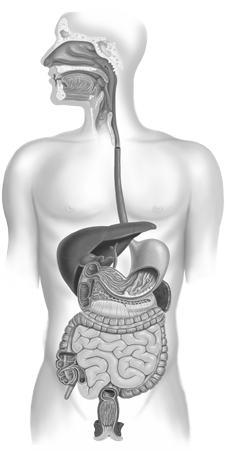
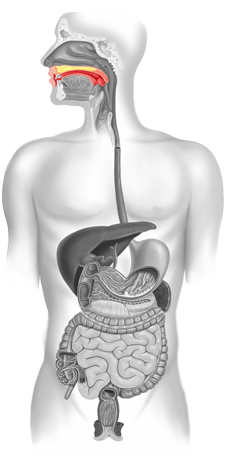
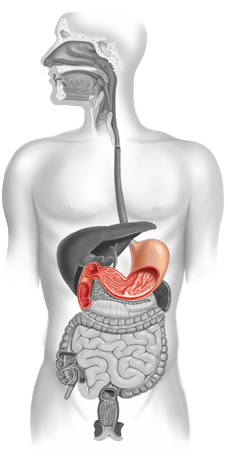
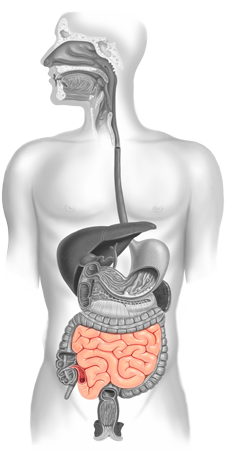
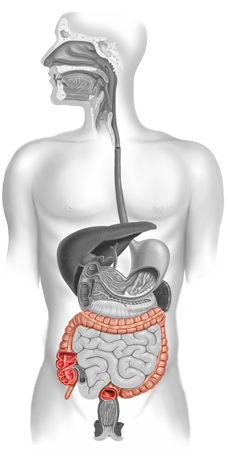
Short overview
This animated image demonstrates the human digestive system. Click on the organs and learn more about their function and characteristics.
The stomach produces highly acidic juice. It grinds the food to a smooth pulp; only a few bits bigger than 2 mm are left. Stomach juice also contains enzymes that break down proteins.
The small intestine is a tube about 3 metres long. It produces a whole range of enzymes that complete the breakdown of carbohydrates, fats and proteins. Most of the nutrients in the food are absorbed from the small intestine into the bloodstream.
Since most nutrients are absorbed in the small intestine, most of the material that reaches the colon cannot be digested by our own enzymes. The colon is full of bacteria and they break down substances we can't digest on our own.
The colon's other job is to (re)absorb water and minerals from the digested food. This concentrates the liquid pulp that enters the colon, to form stool (faeces).
The last part of the gut, the rectum, is responsible for pushing out the stool.

